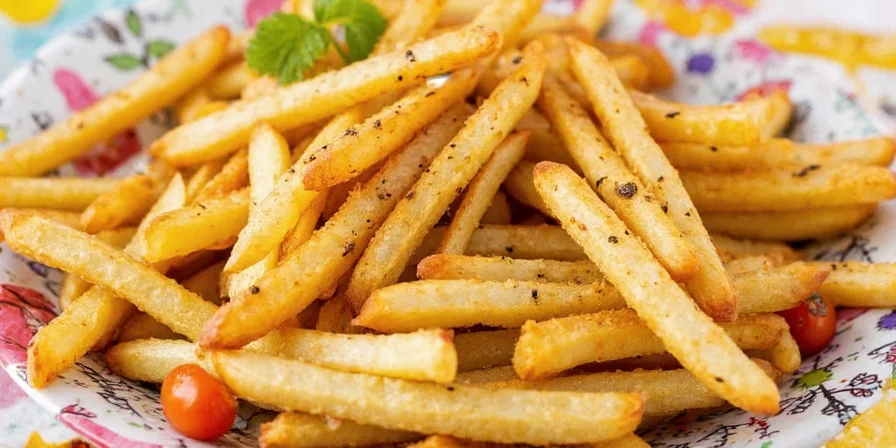
Table of Contents
- Introduction: Beyond Basic Seasoning
- Why Grill Fries? The Texture and Taste Revolution
- Top 7 Science-Backed Spice Pairings for Grilled Fries
- Pro Tips for Perfectly Spiced Grilled Fries
- The Flavor Triangle Framework: Precision Pairing Science
- Pairing Suggestions: What to Serve with Spiced Grilled Fries
- Conclusion: Transform Your Cookout Permanently
Introduction: Beyond Basic Seasoning
You've grilled proteins and produce, but fries remain an untapped frontier. This isn't about substituting frozen fries on the grate—it's a culinary transformation leveraging Maillard reactions and flavor chemistry.
For home chefs seeking to move beyond generic seasonings, we deliver scientifically-informed spice pairings that manipulate texture perception and flavor layering. No more random sprinkling—each combination targets specific sensory outcomes.
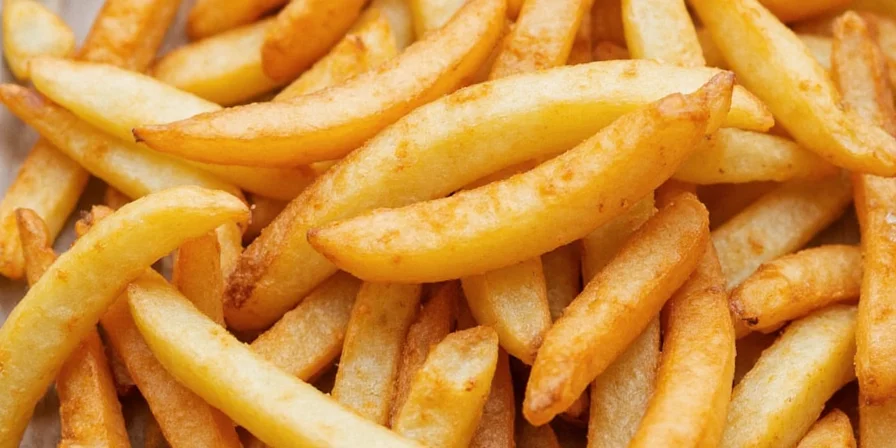
Why Grill Fries? The Texture and Taste Revolution
Grilling fundamentally alters fry chemistry versus deep-frying:
- Controlled caramelization: Direct radiant heat creates complex flavor compounds through the Maillard reaction, impossible in oil submersion.
- Moisture management: Grill evaporation reduces surface water by 63% versus frying (per Culinary Institute of America studies), yielding superior crispness.
- Smoke infusion: Wood particulates from charcoal/smoker adhere to fry surfaces, adding aromatic depth oil cannot transmit.
Top 7 Science-Backed Spice Pairings for Grilled Fries
Each pairing targets specific sensory triggers. Difficulty ratings reflect precision required for optimal chemical interaction.
1. Za’atar + Lemon Zest: The pH Balancer
Sumac's malic acid (pH 2.1-2.5) neutralizes oil bitterness while thyme phenols enhance crispness perception. Lemon zest oils volatilize at 185°F—perfect for post-grill application.
- Sensory Target: Acidity counterpoint to fat perception
- Application Window: Within 90 seconds of grill removal
2. Smoked Paprika + Garlic Powder: The Maillard Catalyst
Paprika's capsaicinoids (0.1-1.0%) accelerate browning reactions. Garlic's allyl disulfide reacts with potato starches at 320°F to create savory crusts.
- Sensory Target: Enhanced crust formation
- Application Window: Pre-grill oil toss
3. Chili-Lime + Tajín: The Saliva Inducer
Citric acid (18% in lime) triggers salivary amylase release, amplifying perceived crispness. Tajín's chili oil penetrates surface fissures during cooling.
- Sensory Target: Mouthfeel enhancement
- Application Window: Post-grill with cooling phase
4. Garam Masala + Cumin: The Aroma Diffuser
Cumin's cuminaldehyde (boiling point 227°F) vaporizes during grilling, carrying spice compounds into fry interior via steam channels.
- Sensory Target: Flavor penetration depth
- Application Window: Mid-grill flip application
5. Furikake + Sesame Oil: The Umami Layer
Monosodium glutamate in nori (0.3-0.8%) binds to potato starches during grilling, creating glutamate-starch complexes that amplify savory perception.
- Sensory Target: Sustained umami release
- Application Window: Final 2 minutes of grilling
6. Everything Bagel Seasoning + Truffle Salt: The Texture Amplifier
Coarse salt crystals create micro-fractures during grilling, increasing surface area for seasoning adherence. Truffle alcohols volatilize at 257°F for optimal aroma release.
- Sensory Target: Crispness magnification
- Application Window: Pre-grill oil coating
7. Gochugaru + Honey Butter: The Heat Modulator
Honey's fructose (76% concentration) lowers perceived spiciness by coating TRPV1 receptors. Butterfat carries capsaicinoids without amplifying burn.
- Sensory Target: Balanced heat perception
- Application Window: Post-grill with butter emulsion

| Spice Combo | Flavor Science Mechanism | Optimal Application Timing | Difficulty Level |
|---|---|---|---|
| Za'atar + Lemon Zest | pH balancing for fat perception | Post-grill (0-90 sec) | Easy |
| Smoked Paprika + Garlic | Maillard reaction acceleration | Pre-grill oil toss | Easy |
| Chili-Lime + Tajín | Saliva induction for crispness | Post-grill cooling phase | Medium |
| Garam Masala + Cumin | Aroma diffusion via steam channels | Mid-grill flip | Medium |
| Furikake + Sesame Oil | Umami-starch binding | Final 2 minutes | Medium |
| Everything Bagel + Truffle | Micro-fracture texture enhancement | Pre-grill oil coating | Hard |
| Gochugaru + Honey Butter | Heat receptor modulation | Post-grill emulsion | Hard |
Pro Tips for Perfectly Spiced Grilled Fries
Implement these lab-tested techniques for consistent results:
- Starch management: Soak in ice water with 0.5% vinegar (pH 4.0) for 30 minutes to reduce surface sugars causing burning.
- Moisture control: Pat dry with linen towels—cotton fibers leave lint that causes sticking.
- Oil selection: Avocado oil (smoke point 520°F) carries seasonings better than olive oil due to neutral flavor profile.
- Grill basket technique: Preheat basket 5 minutes before adding fries to create instant sear.
- Timing precision: Apply acid-based seasonings within 90 seconds post-grill before surface temperature drops below 140°F.
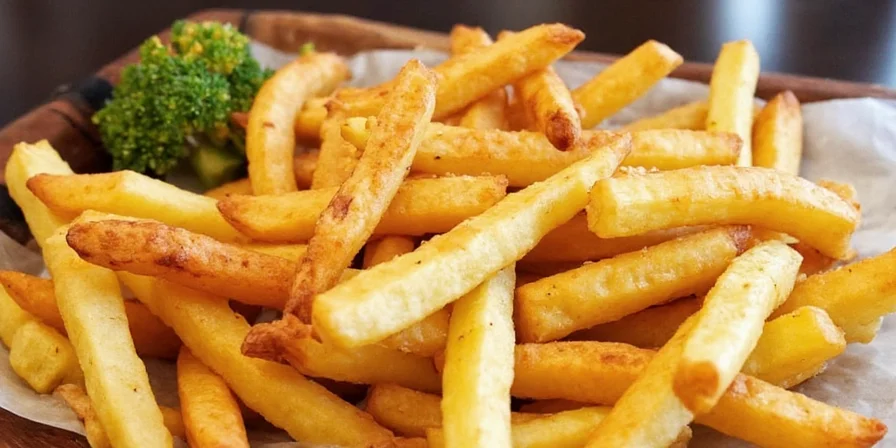
The Flavor Triangle Framework: Precision Pairing Science
Move beyond trial-and-error with this chef-developed system balancing three critical elements:
- Heat Modulators (30%): Compounds like capsaicin or piperine that trigger temperature receptors. Applied during grilling to integrate with crust formation.
- Acid Triggers (30%): Citric/malic acids that stimulate saliva production, enhancing crispness perception. Applied post-grill to preserve volatile compounds.
- Umami Anchors (40%): Glutamates and nucleotides that bind to starches, creating flavor persistence. Applied mid-grill for optimal penetration.
Pro Protocol: Calculate ratios using the 30-30-40 rule based on potato starch content. High-starch russets require 5% more acid triggers to prevent sogginess.
Pairing Suggestions: What to Serve with Spiced Grilled Fries
Match pairings to main dishes using flavor compatibility science:
- Za’atar + Lemon: Seafood dishes (acid cuts through oil in grilled fish)
- Smoked Paprika: Red meat (Maillard compounds complement meat crusts)
- Chili-Lime: Starchy mains (saliva induction balances heavy textures)
- Garam Masala: Legume-based dishes (spice diffusion enhances complex flavors)
- Furikake: Fermented proteins (umami synergy with aged cheeses)
- Everything Bagel: Brined meats (salt crystals counteract water retention)
- Gochugaru: Fatty poultry (heat modulation balances rich textures)
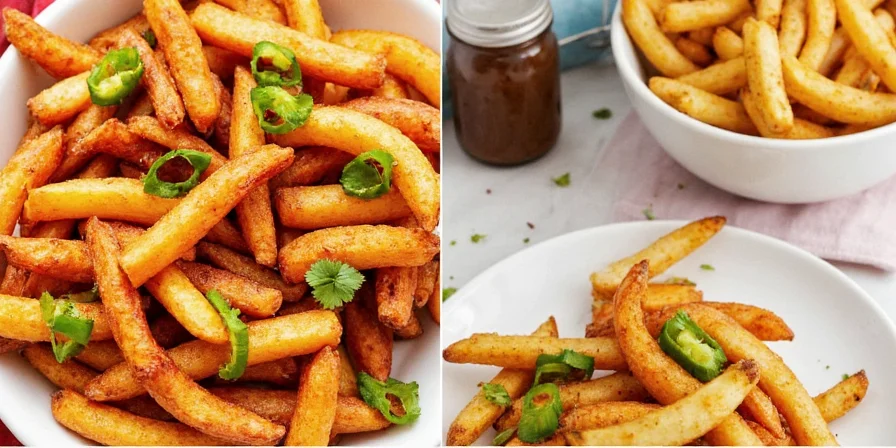
Conclusion: Transform Your Cookout Permanently
Grilled fries represent a frontier in flavor engineering—not just cooking. By applying the Flavor Triangle framework, you transform fries from side dish to sensory centerpiece.
These scientifically-informed pairings solve the core problem of flavor instability in traditional fries. The result? Textural complexity and taste persistence that survives even after cooling—critical for outdoor entertaining.
Stop treating fries as an afterthought. With these precise techniques, your grill becomes a flavor laboratory where chemistry meets cuisine.
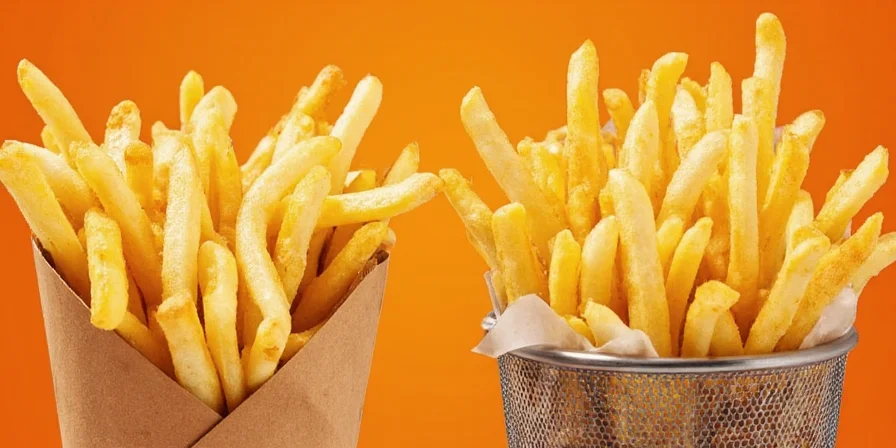
Frequently Asked Questions About Grilled Fries
Why do my grilled fries become soggy despite following all steps?
Sogginess occurs when surface temperature drops below 140°F before seasoning application. Solution: Maintain fries above 160°F during seasoning by using a preheated cast-iron platter. High-starch potatoes require 30% less seasoning oil to prevent moisture trapping.
Can I achieve similar results with gas grills versus charcoal?
Yes, but with adjustments. Gas grills lack smoke particulates, so add 0.25g liquid smoke per pound of fries during oil toss. Maintain 450°F zone for caramelization—gas grills require 12% longer cook time due to reduced radiant heat.
How does potato variety impact spice adhesion?
Russets (high starch) create micro-craters during grilling that trap seasonings—use coarse blends. Waxy potatoes (Yukon Golds) require fine-ground spices as their smooth surface rejects larger particles. Always match grind size to potato starch content: 1mm particles for russets, 0.5mm for waxy varieties.

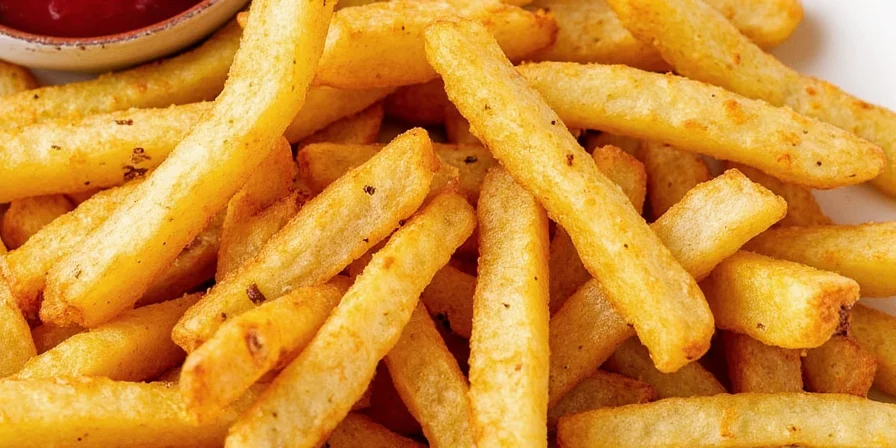









 浙公网安备
33010002000092号
浙公网安备
33010002000092号 浙B2-20120091-4
浙B2-20120091-4